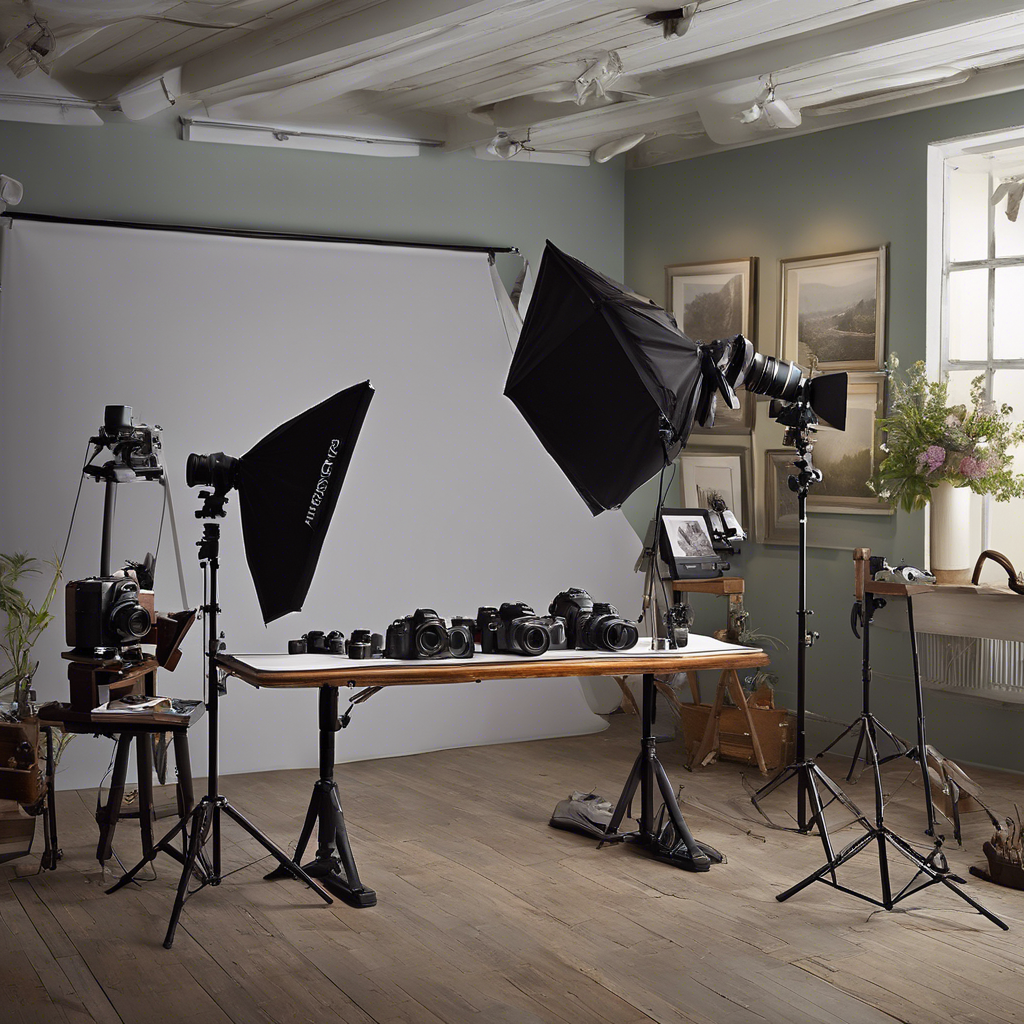
The emergence of generative AI images has significantly disrupted the photography industry, with concerns that go beyond mere competition. Photographers are now grappling with safeguarding their work from AI, which often repurposes and resamples existing photos. Initially, it was easy to mock generative AI's early photorealistic attempts. Like many artists, AI struggled with drawing hands, often creating people with six fingers—a telltale sign of AI involvement. Even in my brief exploration of generative AI, I've noticed it struggles with specific real-world objects. When prompted to create a "saxophone, " for instance, it often generates an image resembling a brass, cyberpunk-style plumbing system rather than a musical instrument. However, generative AI is improving each year, and its growing ability to produce captivating images will inevitably pose competition to traditional arts like photography and graphic design. Alarmingly, current generative AI essentially reuses existing images since its output is a reshaped amalgam of images from its training data. Where do these images originate? Essentially, they can come from any online source where AI companies can extract images.
As a photographer, artist, or designer, this should be concerning, as your work could be appropriated, with or without your consent. Thus, when generative AI is asked to create an image of a snowy owl landing on a frozen lake, it draws upon images from photographers who captured snowy owls and frozen lakes. Canadian wildlife photographer Simon D’Entremont addresses this issue in his recent video series, where he shares his expertise and insights about photography. Simon provides a thoughtful and balanced perspective, expressing his concerns about AI’s impact on professional photographers while acknowledging its advantages. His video sensibly avoids the panicked narrative common in discussions about AI threatening creative industries. Instead, he offers practical advice on adapting to this new landscape and steps creatives can take to safeguard their work from AI misuse. What are your thoughts on this subject?Are you concerned about generative AI, or have you already felt its impact—positively or negatively—in your work?Share your views in the comments.
How Generative AI is Transforming the Photography Industry

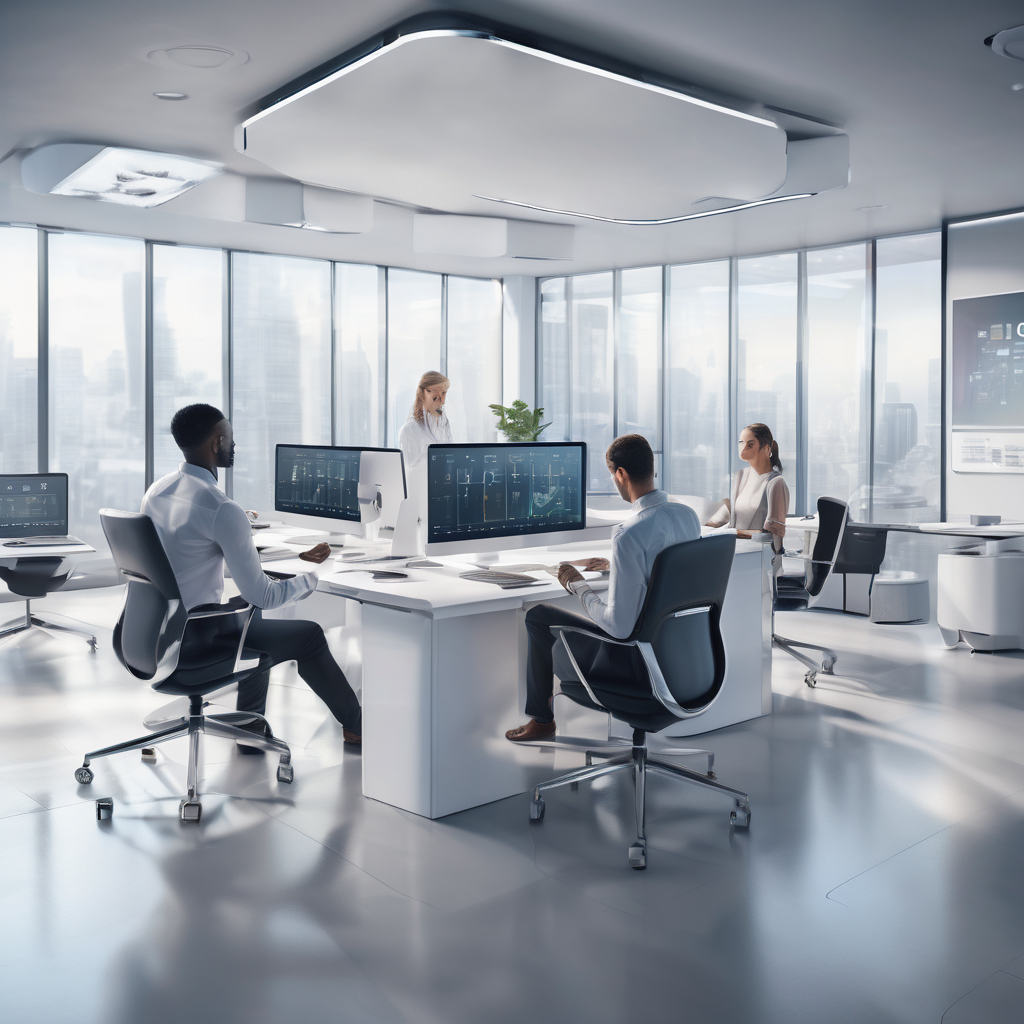
Around 2019, before AI’s surge, C-suite leaders primarily worried about ensuring sales executives accurately updated the CRM.
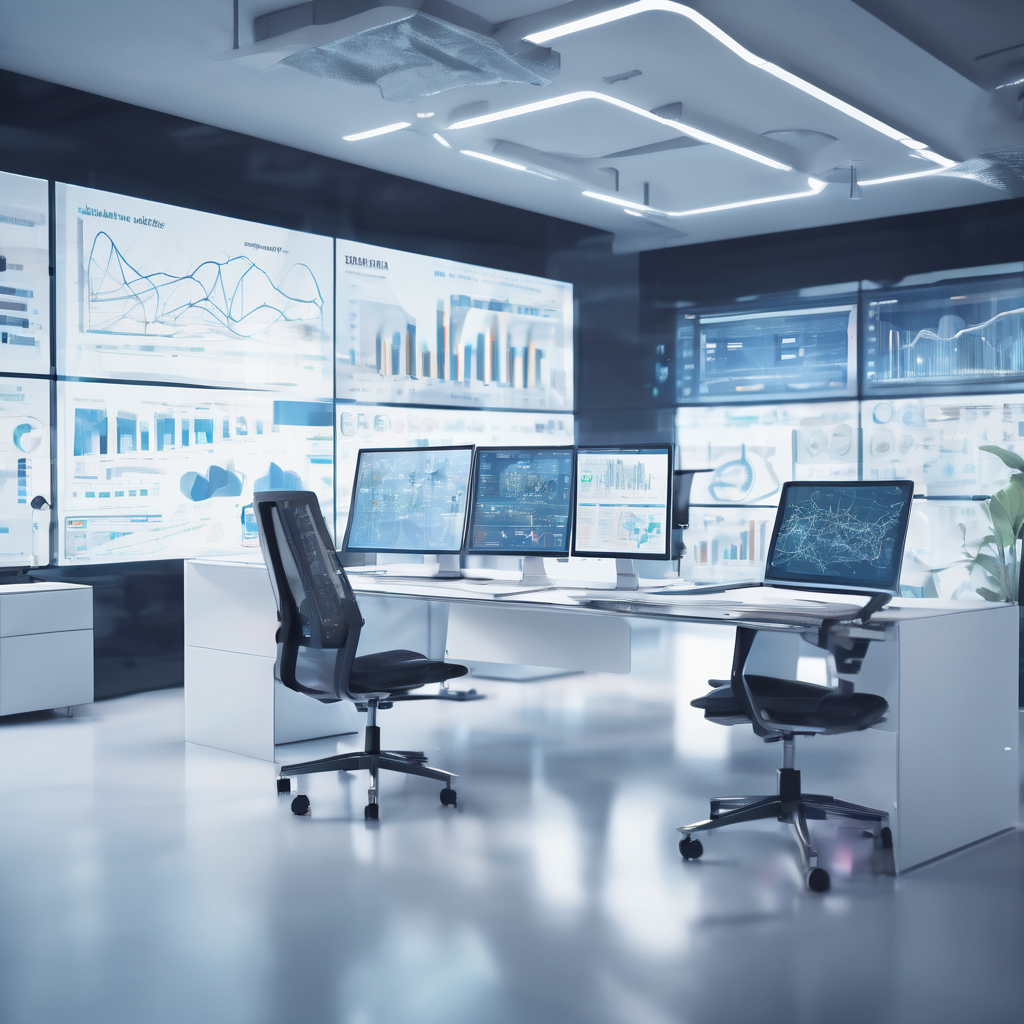
Otterly.ai, a pioneering Austrian software company, has recently attracted attention for its novel approach to monitoring brand and product representation within responses generated by large language models (LLMs).
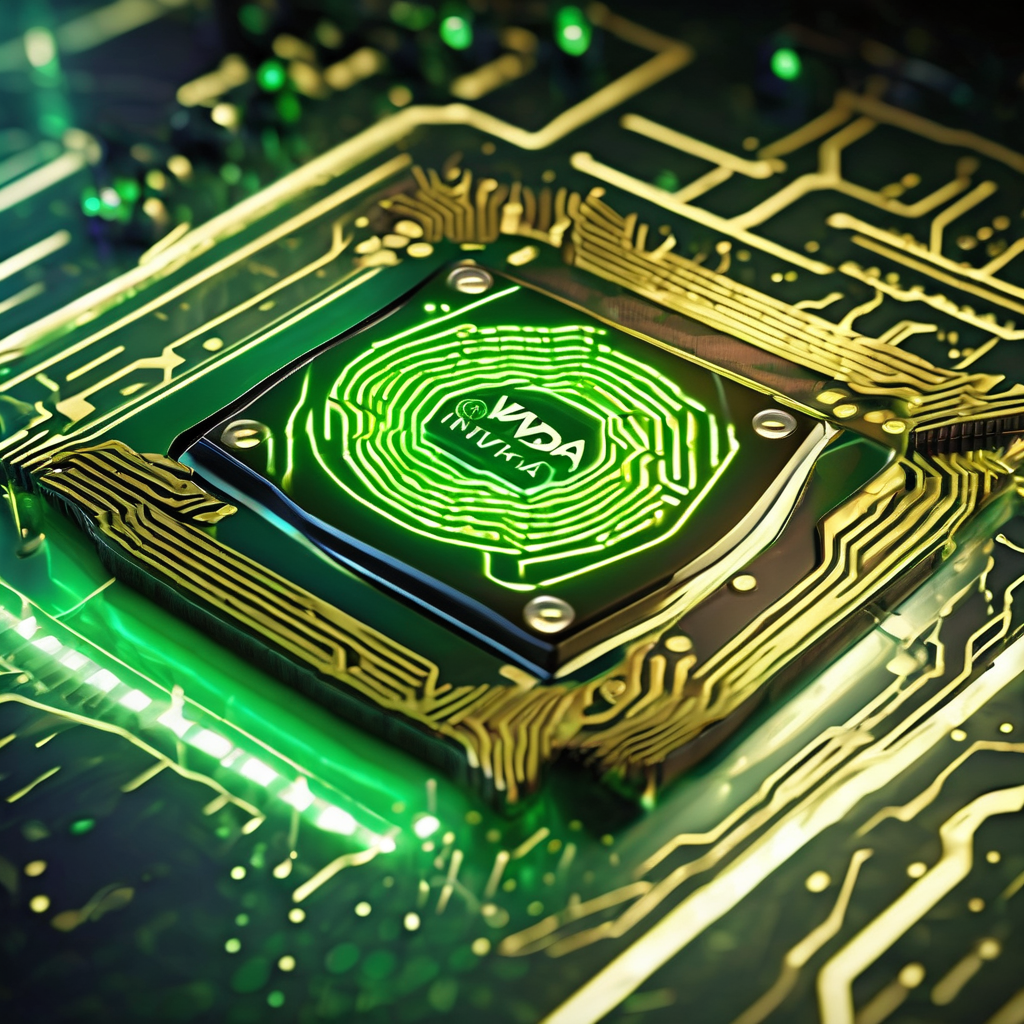
Nvidia has recently become the first company to reach a $5 trillion market valuation, just three months after surpassing the $4 trillion mark.
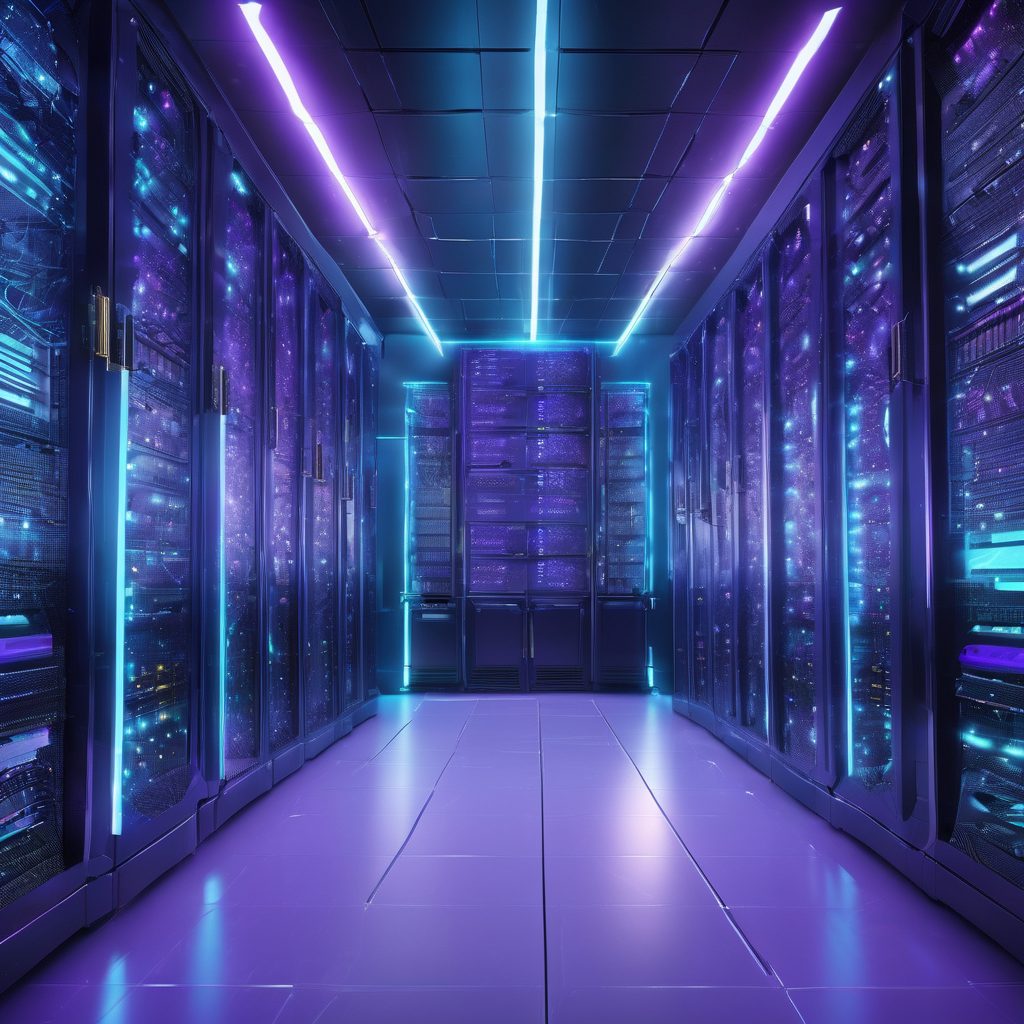
Scope AI has unveiled a groundbreaking advancement in data security through the development of its quantum resilient entropy technology, known as QSE Technology.
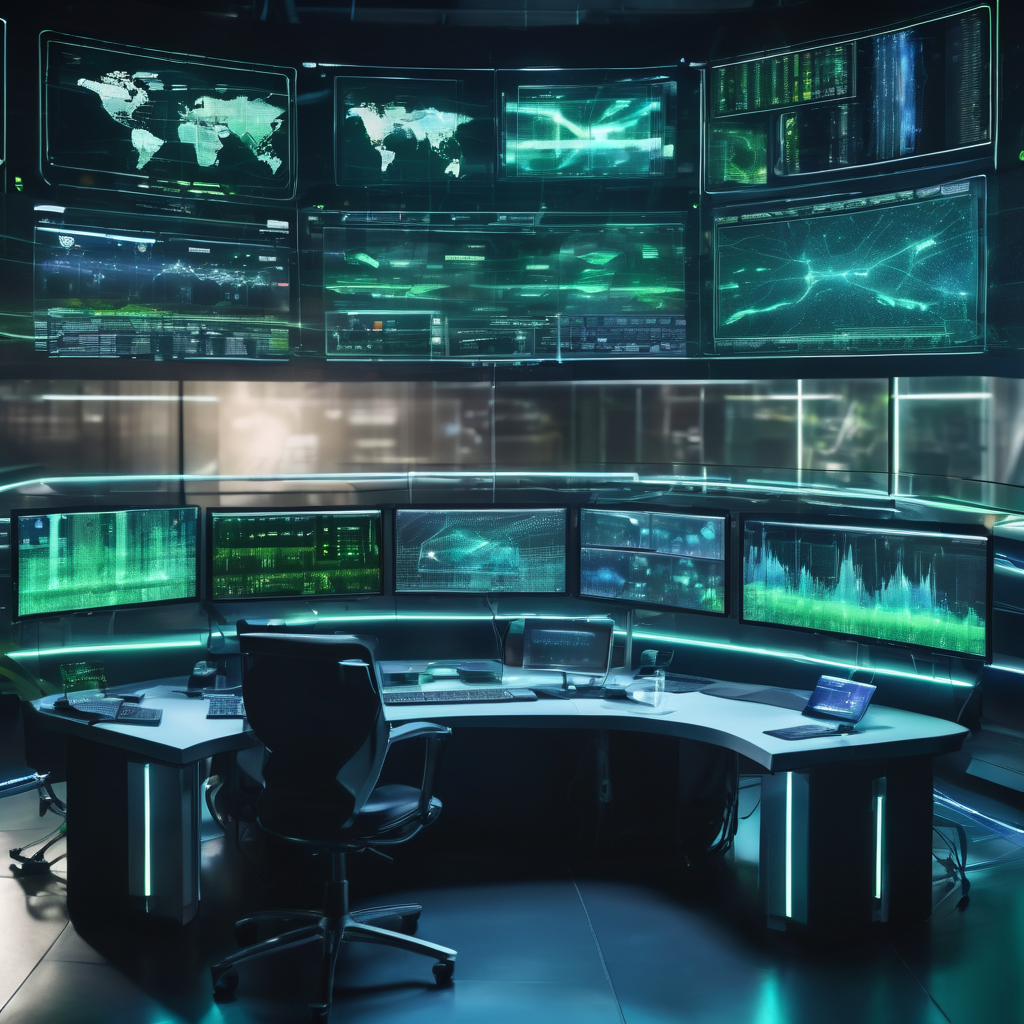
Artificial intelligence is dramatically reshaping video analytics by enabling the extraction of actionable insights from massive quantities of visual data.
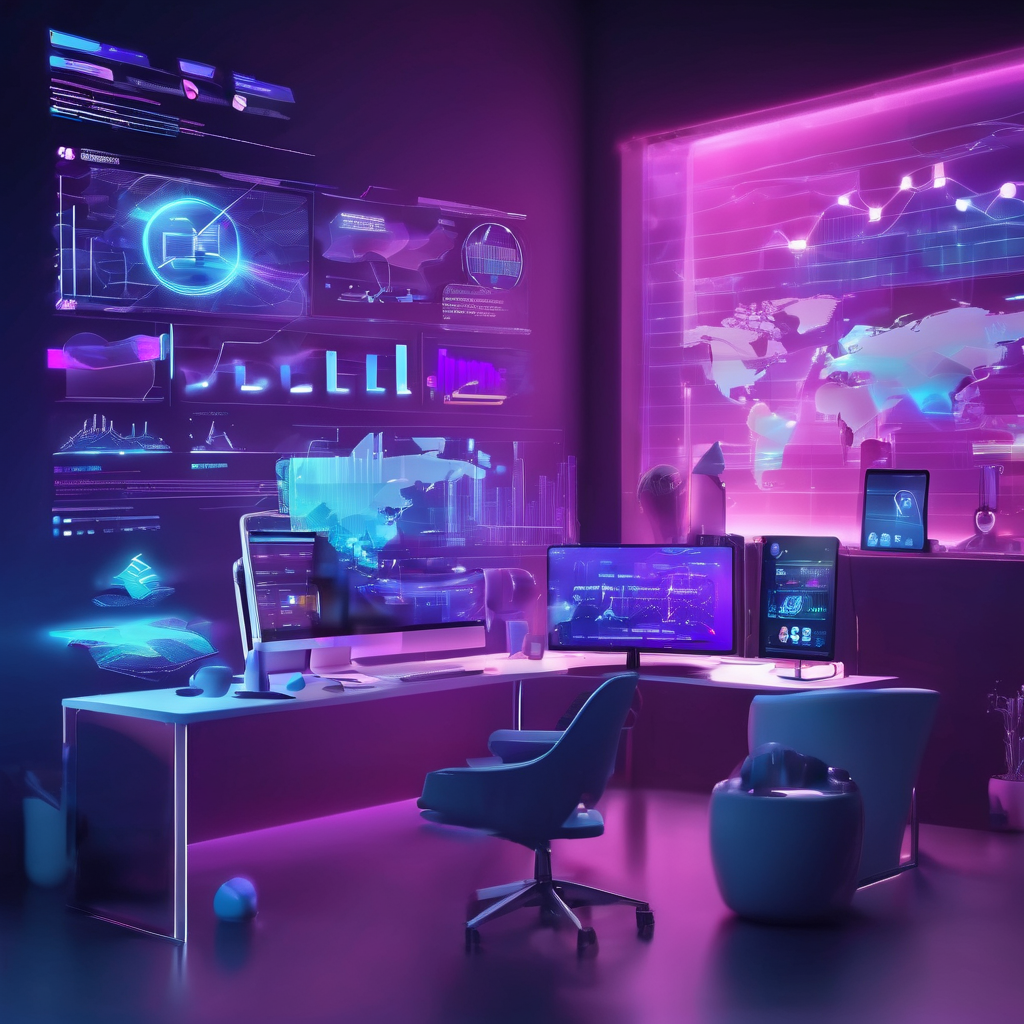
The Year of Vibe Marketing and Human-Made Content AI continues to transform the world, altering audience expectations and redefining the roles of marketing professionals
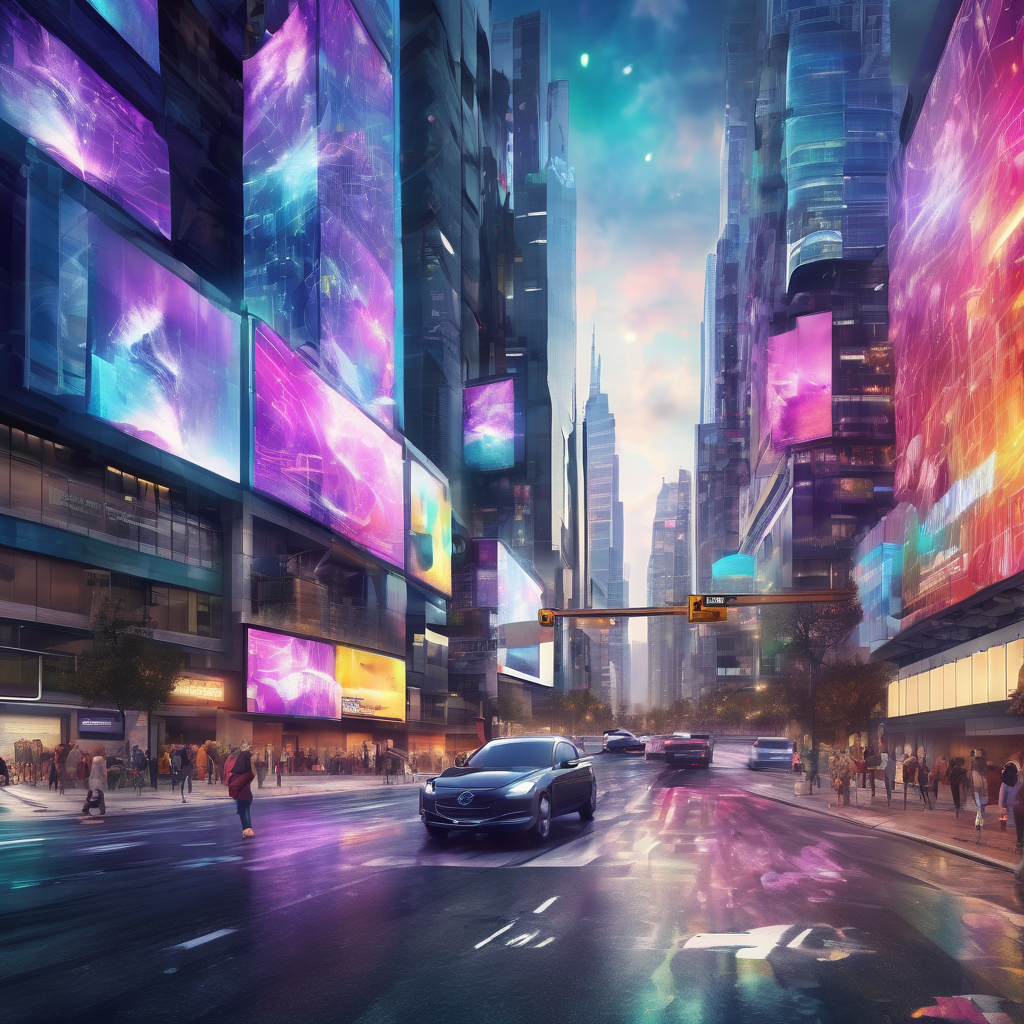
Advertisers are increasingly leveraging artificial intelligence (AI) to transform the creation and delivery of video advertisements.
Launch your AI-powered team to automate Marketing, Sales & Growth
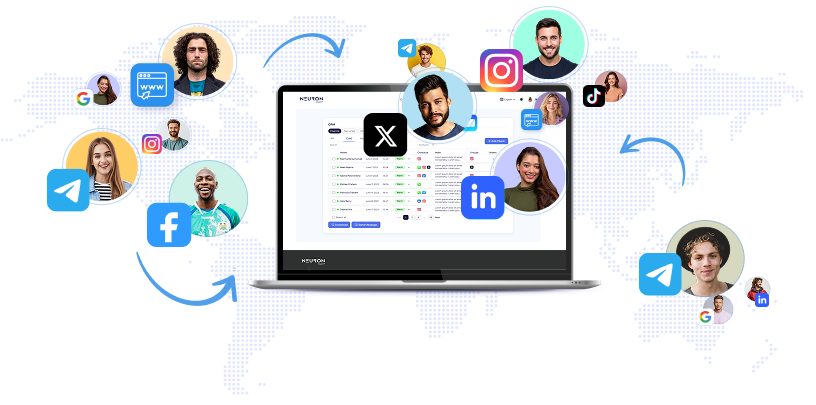
and get clients on autopilot — from social media and search engines. No ads needed
Begin getting your first leads today